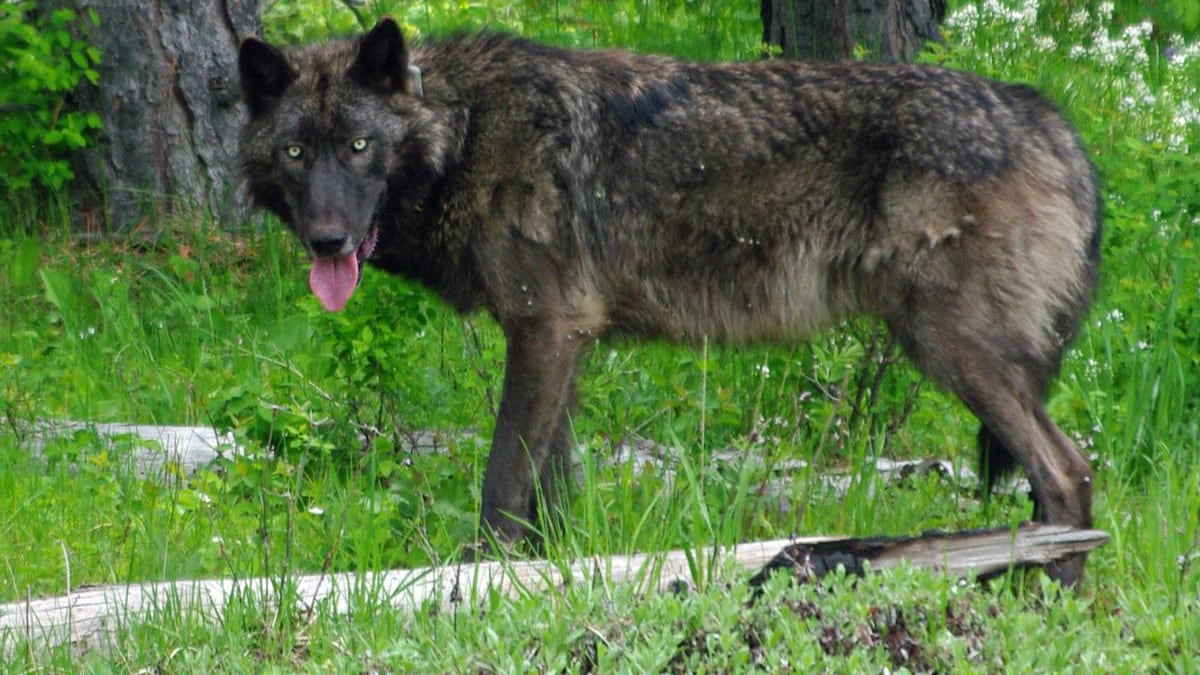Oregon's wolf population saw a modest increase of 10 percent in 2018. That's according to the Oregon Department of Fish and Wildlife's most recent annual report, which counts 137 wolves in the state—up 13 animals from 2017.
ODFW says in a statement that the annual count is based on verified evidence only, and that the actual number of wolves in Oregon is likely higher. The count includes 16 packs, up from 2017's total of 12.
"The state's wolf population continues to grow and expand its range, now into the central Oregon Cascade Mountains too," Roblyn Brown, ODFW's wolf coordinator, says in a statement.
The count also notes that the number of illegal wolf killings in 2018, two, is down from 2017, when there were four. It also highlights a 65 percent increase in livestock depredation due to wolves
Oregon Wild, a local conservation group, applauds the increase in Oregon's wolf numbers but criticizes state-sanctioned killings.
In a statement, Sean Stevens, the group's executive director, says, "Wolves are survivors, and even in the face of poaching, agency sanctioned killing, and anti-wildlife views held over from colonial settlement, they are still proving resilient in Oregon."
Stevens continues: "The slow and steady progress of wolf recovery could still easily be upended if ODFW and the Trump administration succeed in their attempts to weaken protections."
Conflict between conservationists and ranchers over the state's wolf management plan in January led four groups to pull out of stakeholder meetings arranged by Gov. Kate Brown. The Center for Biological Diversity, Oregon Wild, Cascadia Wildlands, and Defenders of Wildlife protest the wolf plan, saying it allows for the potential increase of killings.
In today's statement, Brown, ODFW's wolf coordinator, says ranchers use non-lethal control methods when possible.
"As the wolf population has expanded into new areas in Oregon, livestock producers have adjusted the way they do business to remove bone piles and incorporate non-lethal measures that can reduce the vulnerability of their livestock to depredation by wolves and other predators," Brown says.
